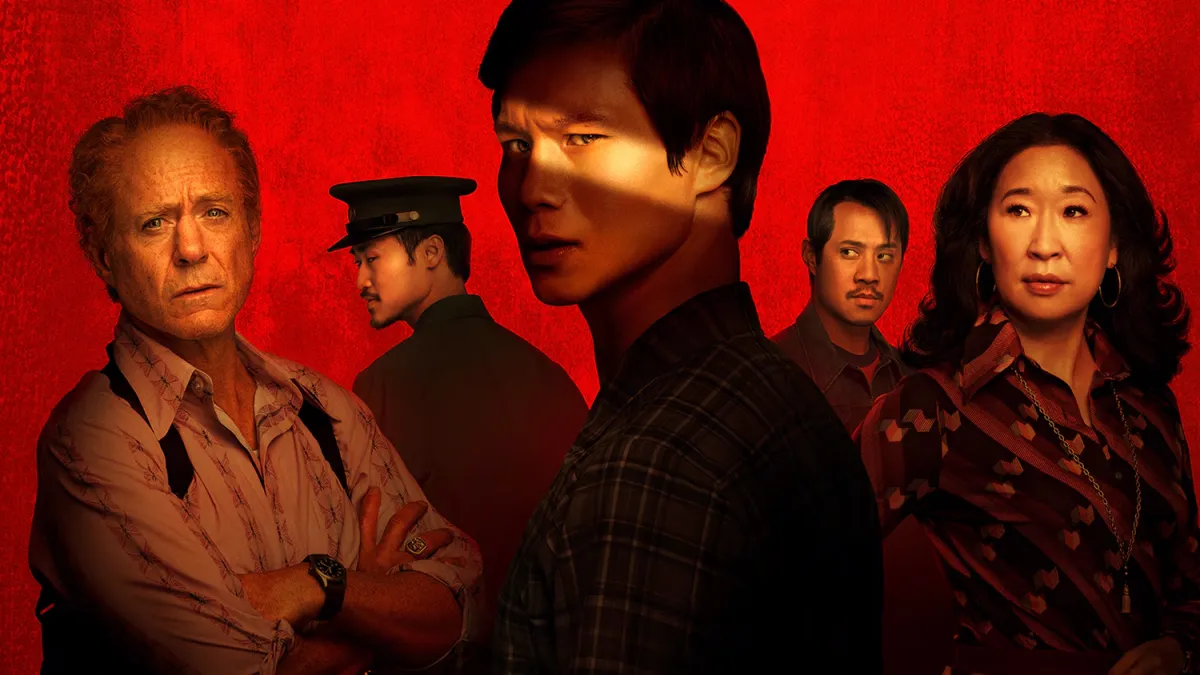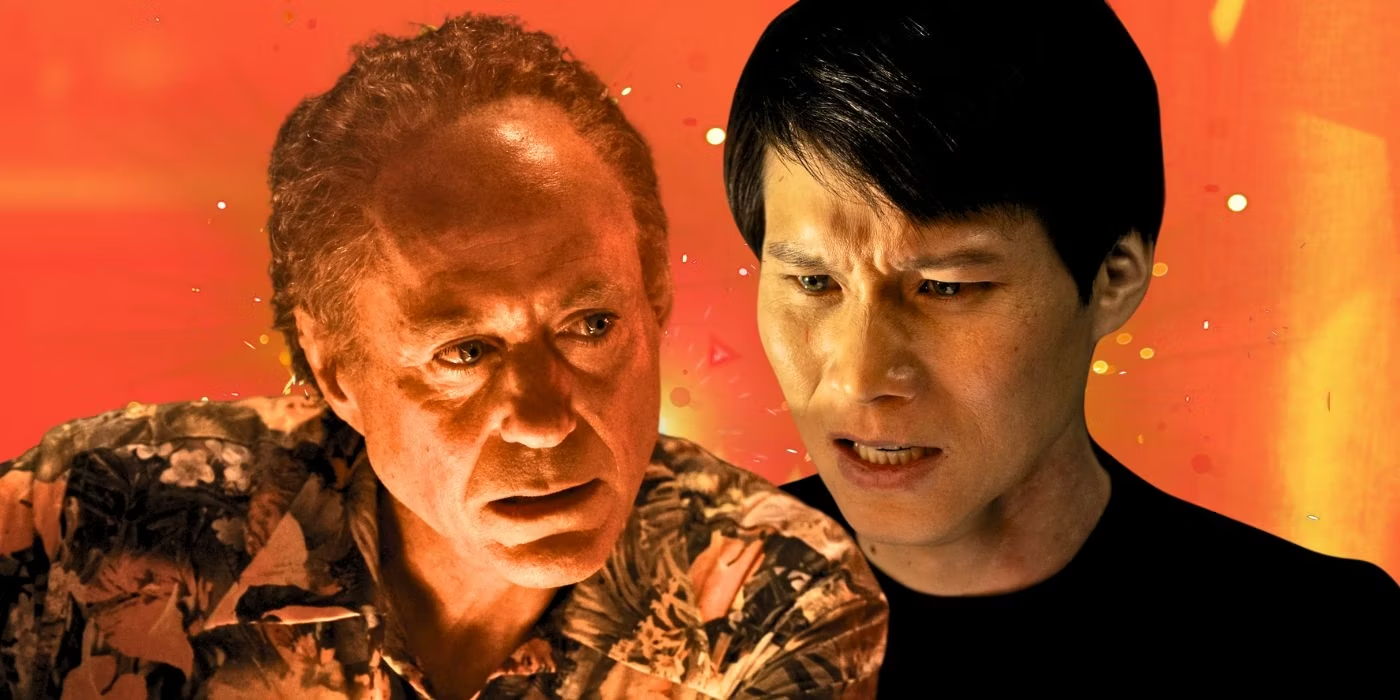The Sympathizer: What to Know About the Vietnam War and the Fall of Saigon
HBO and Max’s latest original series. The Sympathiser has been an overwhelming success since its premiere in April combining dark comedy with historical fiction and life-or-death situations. Like its 2015 source material by author Viet Thanh Nguyen the primary plot opens in 1975 with the fall of Saigon South Vietnam’s historical capital as the backdrop. The real-life event not only kicks off the sympathizer but its consequences and the shadow of Vietnam have significant implications for the rest of the series and its primary characters.
With this in mind a refresher on the real-world history of the Vietnam War both during and after the formal departure of American soldiers is highly worth reading to understand the story’s backdrop better. Keep in mind that this isn’t meant as an official scholarly source in the history of the Vietnam War but rather to help viewers of The Sympathiser better understand the history and background of the HBO series’ tale as well as the significance of the Vietnam war that inspires it so significantly.

The United States and Vietnam
As the Cold War hastened immediately after the end of World War II the United Nations adopted measures concerning containing the spread of communism globally to reduce the growing influence of the soviet union and China. The policy had its first big test in the early 1950s with America spearheading a United Nations coalition that would defeat a North Korean and Chinese invasion of South Korea in what would soon become known as the Korean War which ended in 1953.
It was during the Korean War period that French colonial forces in the area were routed by the Chinese-backed Indochina independence forces culminating in the French withdrawal from Southeast Asia and finally providing recognition for national sovereignty to Vietnam Cambodia and Laos in 1954.
Successive peaceful movements to unify Vietnam were foiled as America continued to back a pro-western government in South Vietnam and China remained committed to the communist leader Ho Chi Minh in North Vietnam as war broke out between the two Vietnamese governments following a highly disputed election influenced by outside parties in 1955.
The Eisenhower Administration was very cautious about direct military involvement soon after the Korean War. Before he was succeeded by John F. Kennedy in 1961 Eisenhower had sent several hundred American military personnel into South Vietnam to serve in an advisory and support capacity.
Facing the prospect of South Vietnam’s falling to a North Vietnamese military growing ever more formidable the Kennedy Administration made immense increases in the American military presence there. Shortly after Kennedy himself was assassinated in 1963 and replaced by Lyndon B. Johnson. The Johnson Administration committed to pitting American forces directly against those of the North Vietnamese expanding the conflict into neighboring Laos by 1964. At that point full-scale offensives were launched throughout the region.
In The Sympathizer the unnamed protagonist is known simply as the Caption a double agent whose official job is as an aide de camp for a South Vietnamese general but who works secretly for the North. The conflict's origins are reflected in his biracial heritage; his father was French Caucasian and his mother was full-blooded Vietnamese. This has led to bullying by peers when he grew up throughout the series seen in prolepsis flashbacks to his childhood.
Nixon’s Vietnamization By the end of the Johnson Administration’s escalations of U.S. involvement in the Vietnam War public support for America and overall morale had been shaken by the Tet Offensive which is a bold serendipity of attacks perpetrated by the North Vietnamese throughout 1968.
Lacking the polled approval for his administration and its agenda in Vietnam Johnson decided not to run for reelection. He makes the way clear for Richard Nixon to become the next President of the United States. Nixon ran on a platform including a then-unspecified plan to end the Vietnam War that he dubs “Vietnamization” after his election.
This new strategy called for the gradual reduction of the American military in Vietnam with a turn-over of the primary combat operations to the South Vietnamese only still maintaining support like funding vehicles and weaponry. The last of the United States combat troops left Vietnam. However the direct involvement of the United States with Vietnam was not terminated.
Unpleasant fighting and the expansion of the war into Cambodia occurred during the Nixon Administration. While armed with American weapons and combat vehicles the South Vietnamese were placed in a losing battle against their northern counterparts progressively losing ground to North Vietnam upon the United States exit.
The Fall of Saigon
Even after the official withdrawal of U.S. involvement in the war by 1973 Nixon and for a short period succeeding Ford administrations retained some presence in South Vietnam. It all ended with the fall of Saigon in April 1975 after months of ground loss by South Vietnam.
As defeat became both apparent and inevitable the CIA and the American military launched Operation Frequent Wind a mass extraction from Saigon by helicopters and other aircraft that were composed mainly of Americans allies and locals who would find themselves under persecution within the impending North Vietnamese government.
The largest helicopter evacuation on record Operation Frequent Wind began on April 29 1975 and concluded in the early hours of April 30 with the final American helicopters leaving from the grounds of the U.S. embassy in Saigon that morning.
Just a few hours later the military forces from North Vietnam captured Saigon and declared victory over the city’s radio that afternoon. In July 1979 Vietnam was officially unified into a single sovereign state under a communist government; the name Saigon was then changed to Ho Chi Minh City.
The Shadow of the Vietnam War
The impact of the Vietnam War would be felt on multiple levels throughout Southeast Asia and the United States for decades following the cessation of hostilities and reunification of Vietnam.

The sympathizer ranges across the immediate post-Vietnam War era. Still mainly it’s about the South Vietnamese refugees who moved into the United States while the captain goes on spying on his general and the community around him. The framing device for the series is the Captain back in Vietnam detained in a reeducation program over his divided loyalties a fate befalling thousands of South Vietnamese after the war.
For America the divided public sentiment over its direct involvement and inability to defeat the North Vietnamese would cast a pall on that country’s collective conscience and confidence for much of the following year. The Sympathizer does so through the prism of Downey’s other characters when the Captain becomes embroiled with a Hollywood production aiming to portray the American experience in the Vietnam War. This is an allergy to Francis Ford Coppola’s sprawling Vietnam epic Apocalypse Now and its chaotic production.
